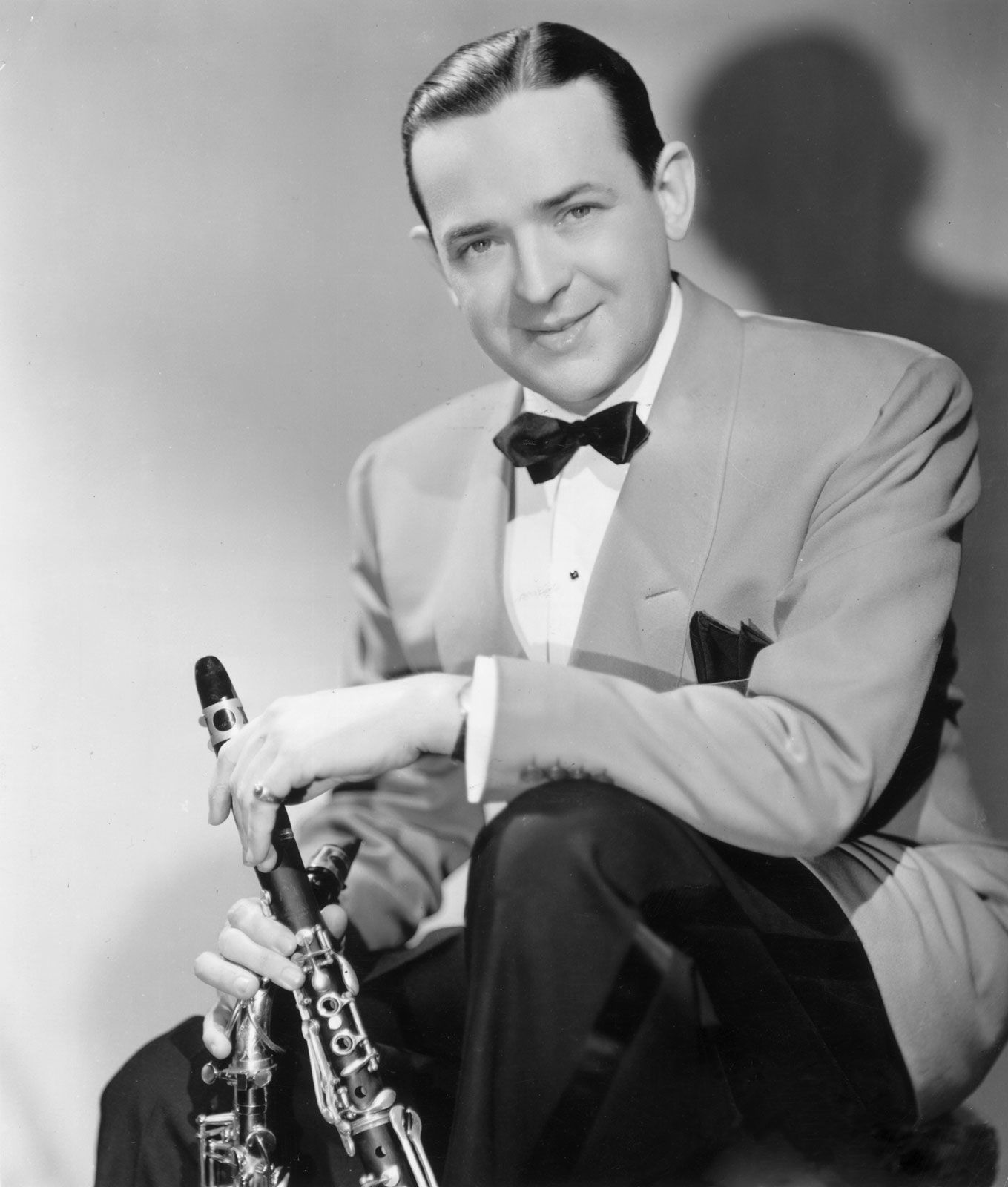Introduction to "Boogie Woogie" by Tommy Dorsey
Step back in time and immerse yourself in the rhythmic sounds of "Boogie Woogie", a captivating 1940s song by the legendary Tommy Dorsey. This piece, steeped in the rich traditions of jazz and big band music, showcases Dorsey's innovative and inimitable style.
Cultural and Historical Context
Initially released in the culturally vibrant era of the 1940s, "Boogie Woogie" embodies the spirit and energy of its time. This song emerged when big band and swing were at their peak, weaving a tapestry of sound that is both nostalgic and impactful. Dorsey's masterful trombone playing, combined with his orchestras’ impeccable timing, helped to solidify this track's place in music history.
An Interesting Fact about "Boogie Woogie"
One intriguing fact about this song is that it's not just a standalone piece. "Boogie Woogie" actually served as the theme song for Tommy Dorsey’s radio show, "The Raleigh-Kool Program," which aired from 1943 to 1946. This underlines the track's cultural impact and its enduring popularity during that period.
Cover Versions of "Boogie Woogie"
The timeless appeal of "Boogie Woogie" has inspired numerous cover versions, breathing new life into this classic track. Renowned artists such as Count Basie and The Andrews Sisters have put their own twist on Dorsey's masterpiece, further cementing its influence and reach across different generations of music lovers.
Why "Boogie Woogie" is Still Relevant Today
While firmly rooted in the 1940s, the resonance of "Boogie Woogie" extends far beyond its original era. Its catchy rhythm, layered instrumentation, and the infectious energy it exudes continue to captivate contemporary audiences. This piece serves as a reminder of Tommy Dorsey's immense talent and the timeless appeal of well-crafted music. Whether you're a jazz aficionado or just discovering this genre, "Boogie Woogie" is sure to leave an indelible impression.

Comments (0)